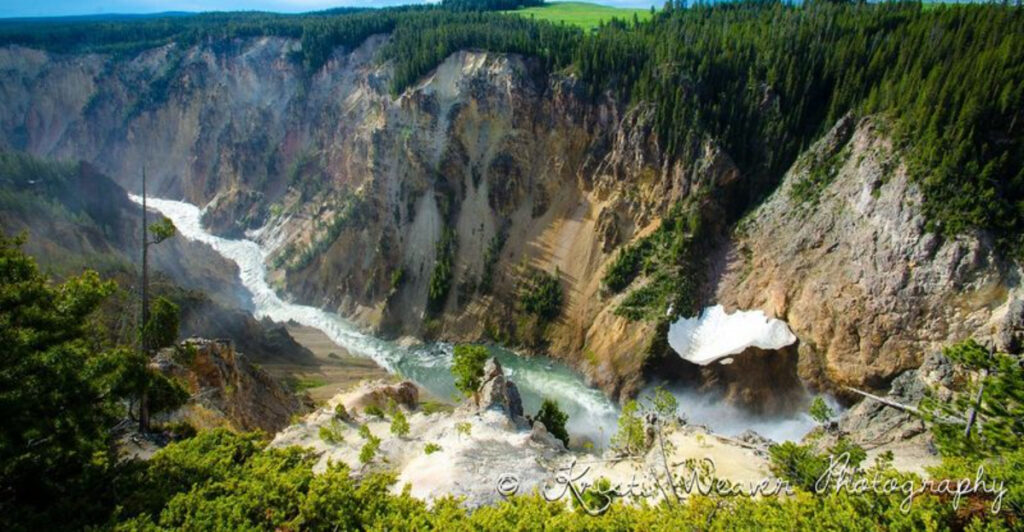America’s first national park offers breathtaking geysers, incredible wildlife, and unforgettable adventures. However, Yellowstone’s popularity and unique features require smart planning to make the most of your visit. Knowing these essential tips before you arrive will help you avoid common mistakes and create memories that last a lifetime.
1. Yellowstone is Massive—Plan Your Route Carefully
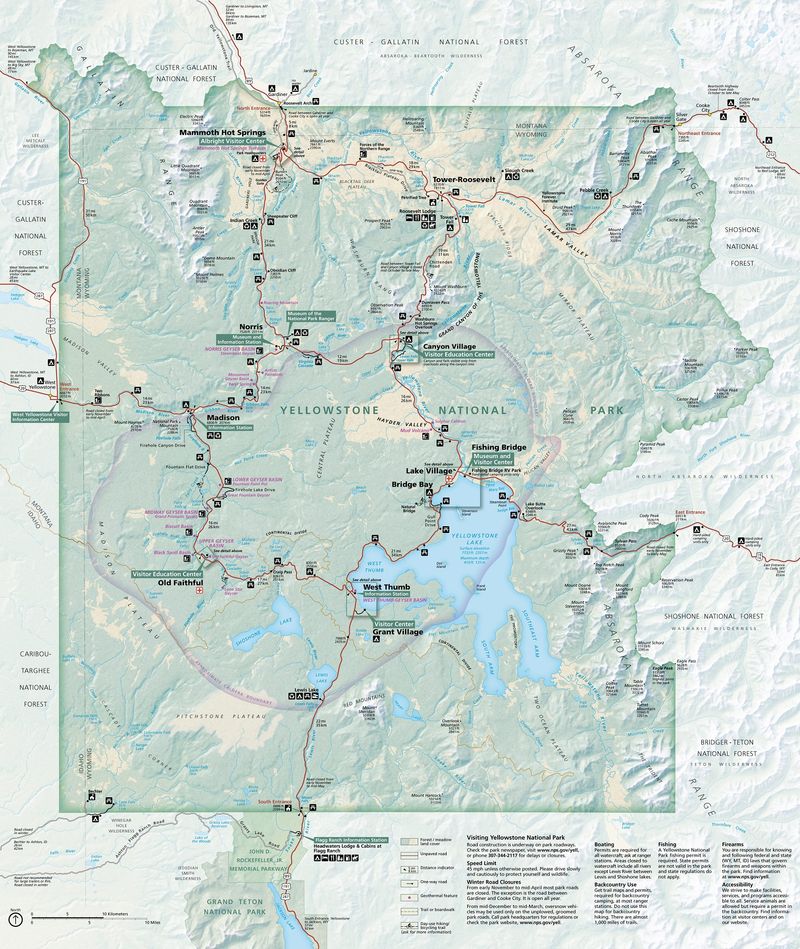
Covering 2.2 million acres across three states, Yellowstone dwarfs most destinations you’ve visited. Many first-time visitors underestimate the driving distances between major attractions.
Old Faithful to Lamar Valley takes roughly two hours by car, and that’s without stopping for bison traffic jams! The park’s figure-eight road system connects all major areas, but rushing between distant locations wastes precious vacation time.
Smart travelers focus on one or two regions per day rather than attempting a whirlwind tour. This approach lets you truly experience each area’s unique features without spending your entire trip behind the wheel.
2. Reservations Are a Must (Especially for Lodging & Camping)
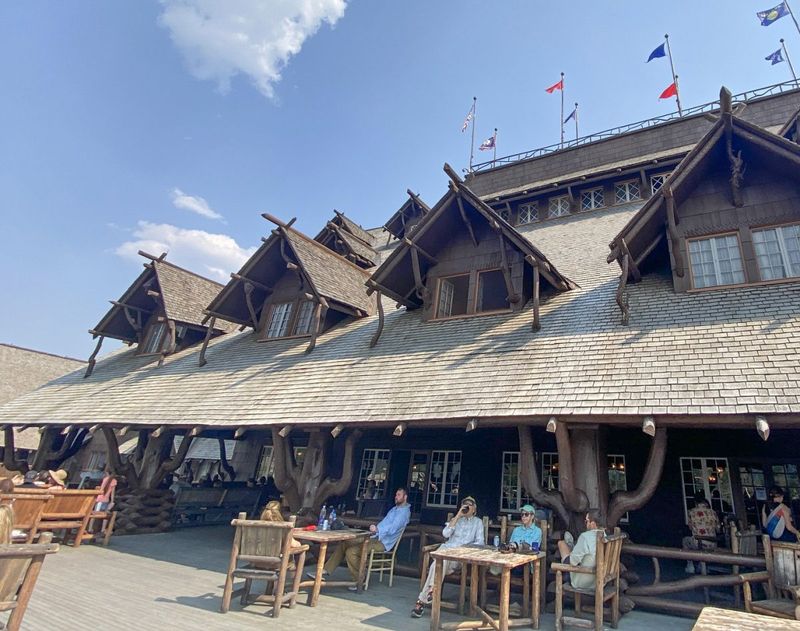
Yellowstone’s famous lodges like Old Faithful Inn fill up faster than a geyser eruption. Bookings often disappear 6-12 months in advance, especially for summer dates.
Campgrounds present their own challenges, with most operating on first-come, first-served basis during winter but requiring reservations for peak season. Only Mammoth and Fishing Bridge RV Park guarantee spots year-round.
Gateway towns like West Yellowstone and Gardiner offer backup options when park accommodations vanish. These communities provide comfortable alternatives while keeping you close to park entrances for early morning adventures.
3. Wildlife is Everywhere—Keep a Safe Distance
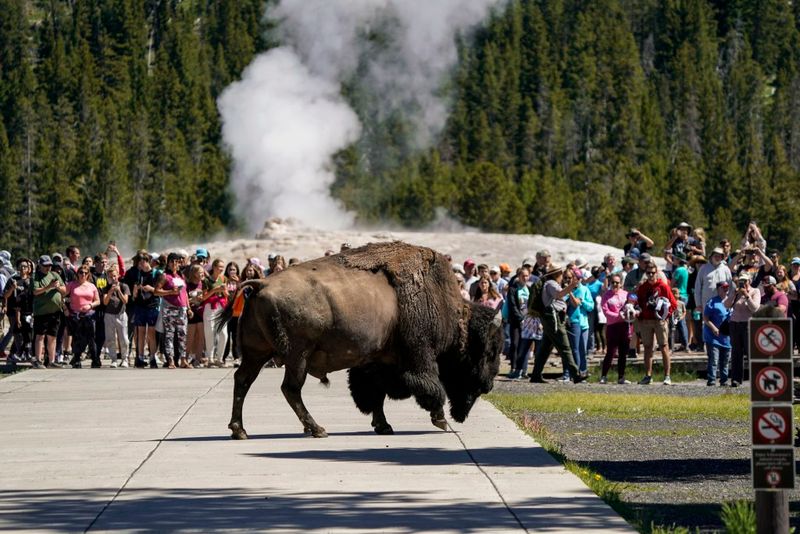
Bison weighing up to 2,000 pounds roam Yellowstone’s roads and trails like they own the place—because they do! These massive animals, along with elk, bears, and wolves, demand serious respect from visitors.
Park regulations aren’t suggestions: stay 25 yards from bison and elk, 100 yards from bears and wolves. These distances aren’t arbitrary—they’re based on animal behavior studies and tragic past incidents.
Binoculars and zoom lenses become your best friends for safe wildlife photography. Getting that perfect shot isn’t worth risking your safety or stressing the animals that call Yellowstone home.
4. Geothermal Areas Are Dangerous—Stay on Boardwalks
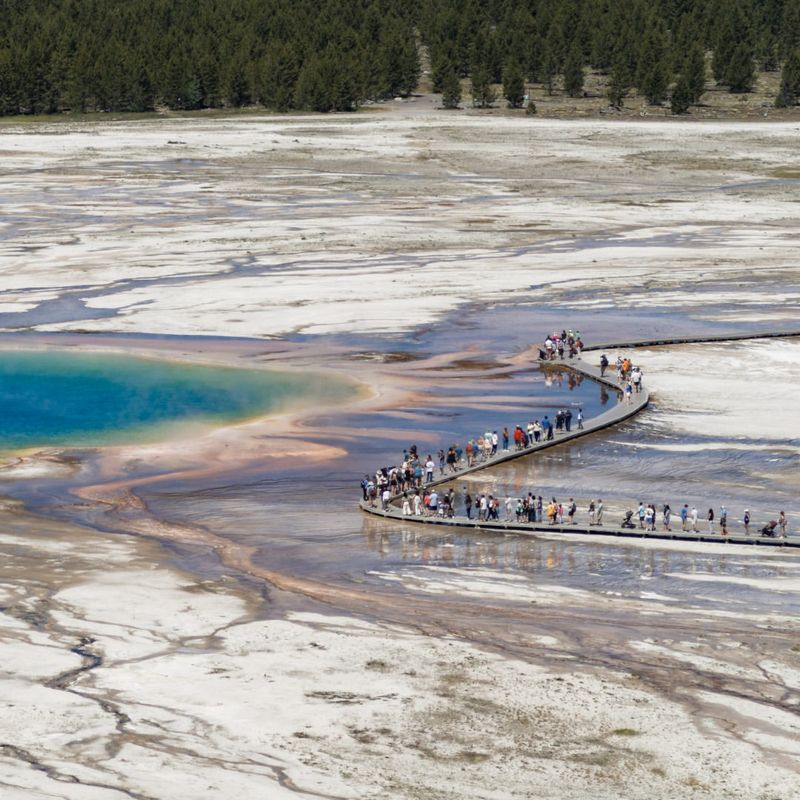
Yellowstone’s colorful hot springs hide deadly secrets beneath their beautiful surfaces. Water temperatures reach boiling point, and the ground around thermal features can collapse without warning.
Tragic accidents occur when visitors ignore safety barriers—the 2022 incident at Abyss Pool serves as a sobering reminder. These aren’t swimming holes; they’re geological hazards that can cause severe burns or death.
Boardwalks exist for protection, not inconvenience. Throwing coins or objects into geysers damages delicate ecosystems and violates federal law. Respect these natural wonders by admiring them from designated viewing areas only.
5. Cell Service is Extremely Limited

Forget about posting Instagram stories in real-time—Yellowstone operates on nature’s schedule, not digital demands. Only Mammoth, Old Faithful, and Canyon Village offer sporadic cell coverage.
Most of the park remains a connectivity dead zone, which can feel unsettling for modern travelers. However, this digital detox often becomes one of the most refreshing aspects of visiting.
Download offline maps through Google Maps or the National Park Service app before entering. These tools work without internet connection, helping you navigate and identify attractions even when your phone shows zero bars.
6. Weather Changes Rapidly—Pack for All Seasons
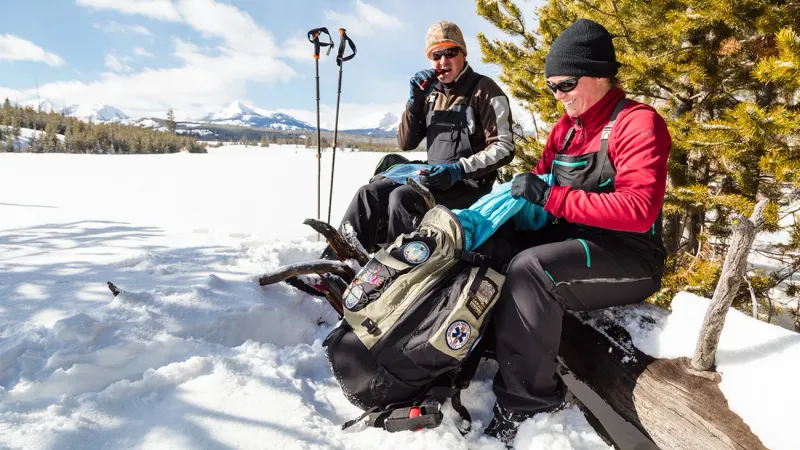
Yellowstone’s weather acts like a moody teenager—pleasant one moment, dramatic the next. Summer days might reach 75°F, then plummet to freezing temperatures after sunset.
Snow can fall any month of the year, and July thunderstorms arrive with little warning. Elevation changes throughout the park create microclimates that catch unprepared visitors off guard.
Layered clothing becomes your survival strategy. Pack lightweight base layers, warm mid-layers, and waterproof outer shells. Rain gear and warm accessories should always accompany you, regardless of morning weather conditions when you start your adventure.
7. Avoid Crowds by Timing Your Visit Right
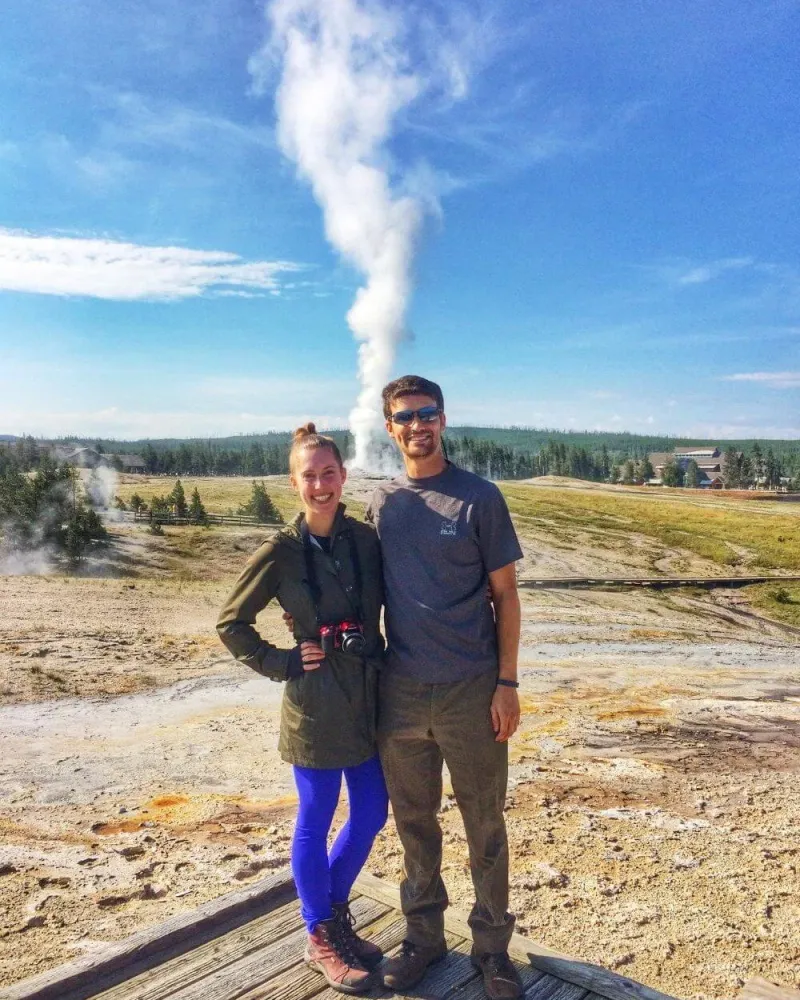
July and August transform Yellowstone into a bustling metropolis, with over one million monthly visitors creating traffic jams at every major attraction. Popular spots become shoulder-to-shoulder experiences rather than peaceful nature encounters.
April through May offers spring awakening with fewer crowds, though some high-elevation roads remain closed. September and October provide spectacular fall colors and active wildlife preparing for winter.
Early birds catch more than worms—they catch empty parking lots! Arrive at famous sites like Grand Prismatic Spring before 9 AM or after 5 PM for better photos and peaceful moments.
8. Don’t Miss These Must-See Attractions
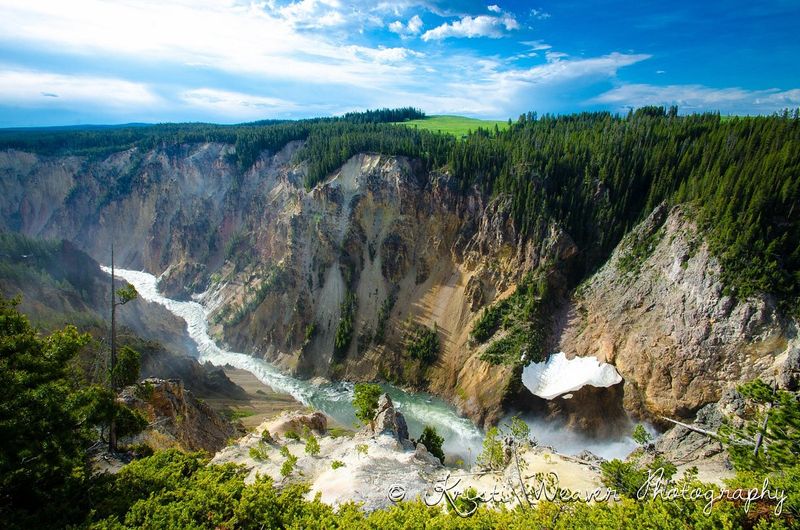
Old Faithful earns its name with reliable eruptions every 90 minutes, making it perfect for planning your schedule. Grand Prismatic Spring dazzles as America’s largest hot spring, displaying rainbow colors that seem almost artificial.
Grand Canyon of Yellowstone showcases the park’s geological drama, with Lower Falls creating one of nature’s most photographed scenes. Lamar Valley transforms into America’s Serengeti at dawn and dusk.
Mammoth Hot Springs presents unique terraced limestone formations that change constantly. Each attraction offers distinct experiences, from reliable geysers to unpredictable wildlife encounters that make every visit memorable and unique.

